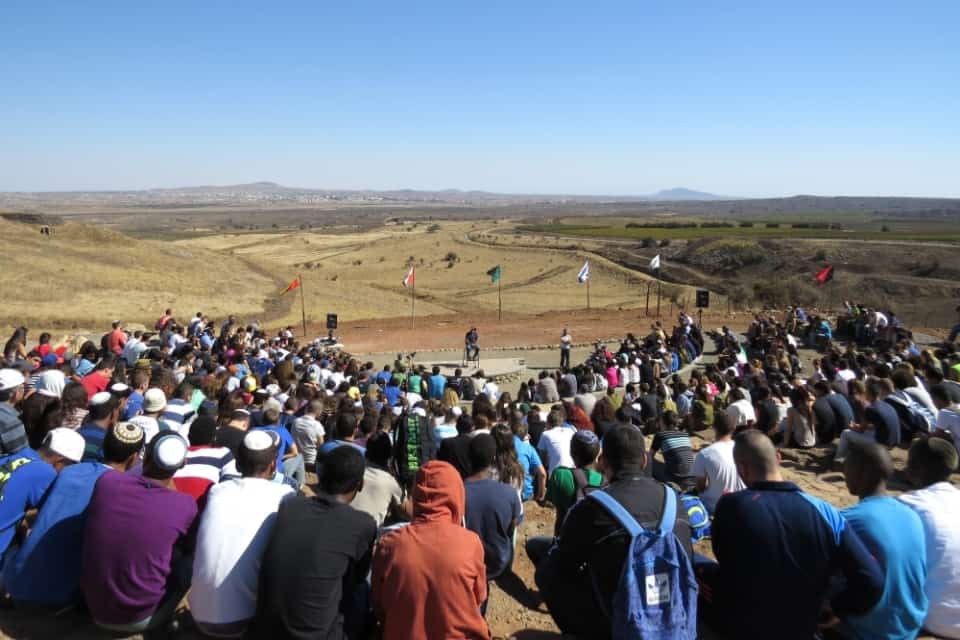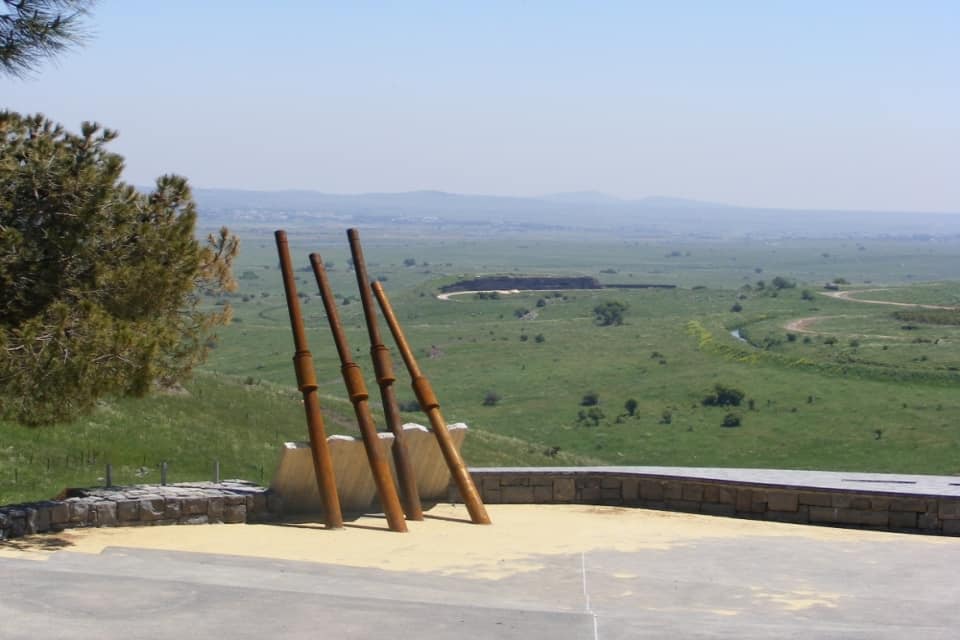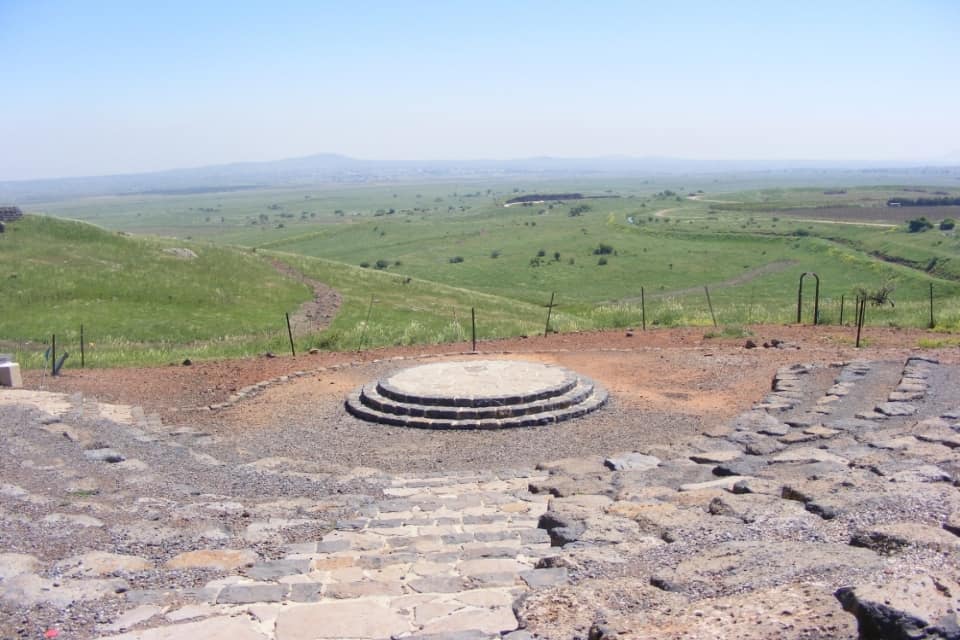The war began with an especially heavy artillery barrage, along with aerial bombing. Hundreds of Syrian tanks were seen in the valley, accompanied by armored personnel carriers, bridge-tanks, minefield-crossing equipment, and bulldozers. The IDF hits on Syrian tanks were good, but the latter showed determination and continued to push forward, despite their losses. The first night proved the Syrian army’s advantage, since only they had night-vision equipment, as opposed to IDF tanks which had none. The two armies fought at such close range that they often were side by side.
The next day, the Syrian attack continued. The IDF tanks were in good firing positions, and were able to destroy scores of enemy tanks; but exhaustion and fear began to take their toll.
On Tuesday, October 9th, on the fourth day of fighting, the Syrians made a supreme concentrated effort to break the IDF defense line. For the first time, they placed their reserve emergency armored forces into the battle; altogether, this amounted to 170 tanks. The IDF brigade holding the line had only 30 tanks left to fight. The Syrians began with an extremely heavy artillery barrage, forcing the IDF tanks to leave their firing positions. The Syrian tanks reached the “ramp line” and the battle ensued from very close range.
The commander of one of the IDF forces reported: “I can’t hold on anymore.”
But the brigade commanders and soldiers showed leadership, cool decision-making, bravery, and stubbornness. Battalion Commander Kahalani organized his tanks and went on to attack, along with a small backup unit, and another unit from the Barak Brigade that came from the south. These men broke the Syrian attack.
At the end of the battle, the valley you see before you was filled with hundreds of burnt Syrian tanks, and the terrible scene gave the site its name: “The Valley of Tears” (in Hebrew: “Emek Habacha”). Division Commander Rafael Eitan then told the fighters: “You have saved the People of Israel.”
When the IDF reserve units joined, the Syrian army was pushed out of the Golan Heights, and the IDF launched its counter-offensive deep into Syria. An area of 20 kilometers was captured; the 77th Battalion and the 7th Brigade were active in this offensive, too, taking the area between Mt. Hermon and Mizraat Bet Jann.
After the war, a Separation of Forces Agreement was signed by Israel and Syria; the IDF then retreated back to their previous positions, and also left the city of Kuneitra. The Syrians did not rebuild this city, but kept it in its ruins; instead, they build New Kuneitra, which you can see over the border towards the east.
Since the separation of forces, the border between Israel and Syria has been the quietest of all in Israel’s history.
In memory of the fallen soldiers, a memorial site has been built here, with a separate tree planted in the name of every soldier. The Syrian tank you see here was one of those that climbed the hill and was stopped exactly at this point.
Over the years, the Valley of Tears has turned into a valley of many blessings. In front of you, you can see the successful fruit orchards; the vineyards supply the Golan Winery in Katzrin with grapes for their excellent world-class wines. Kibbutz El-Rom provides picking farms for those who enjoy picking their own fruits and berries. The orchards and vineyards enjoy the quality basalt soil, special climate, and the great personal care given them by the farmers of the Golan.
The courage of the fighters of the Yom Kippur War allows – still today – for the quiet and fertile surroundings.
Personal Stories of the Fighters from the Series “Sudden Breakout”












